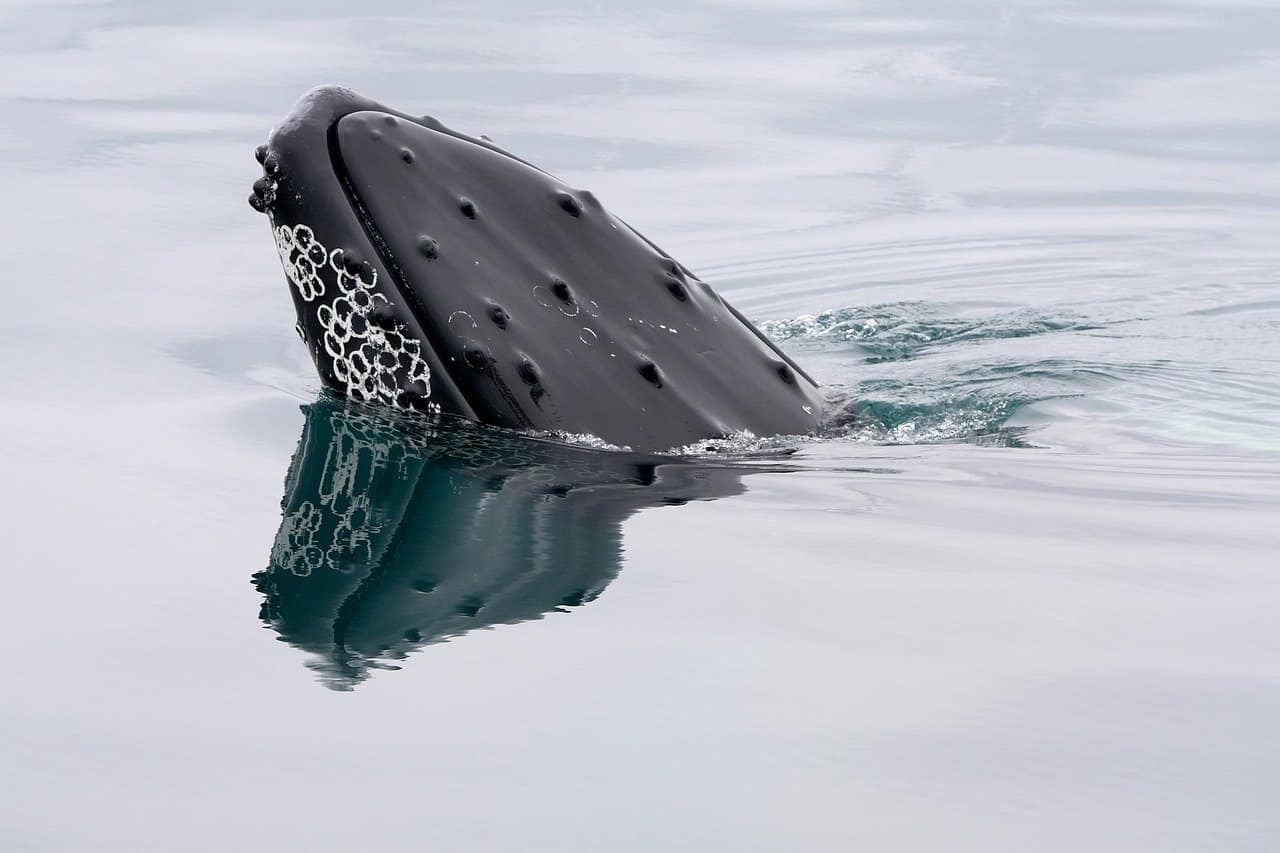
Marine biologists and alien hunters from SETI formed an unexpected team to perform a landmark experiment on interspecies communication. The scientists were able to have what could be described as a “conversation” with a humpback whale named Twain in her language.
“We believe this is the first such communicative exchange between humans and humpback whales in the humpback language,” said lead author Dr. Brenda McCowan of the University of California Davis.
Hello, whale
Off the coast of Alaska, the researchers initiated contact with Twain using a “contact call” – a kind of whale greeting. A humpback whale contact call often sounds like a series of deep, haunting moans and varied, melodious tones that can carry over great distances underwater.
To their astonishment, Twain responded first by approaching the researchers’ boat and then by humming the same call back at them. Over 20 minutes, the team and Twain engaged in a call-and-response sequence, a potential first in human-humpback communication. Twain responded to each of the 36 contact calls that the researchers had previously recorded from a small group of humpbacks only a day prior.
“Humpback whales are extremely intelligent, have complex social systems, make tools — nets out of bubbles to catch fish — and communicate extensively with both songs and social calls,” said co-author Dr. Fred Sharpe of the Alaska Whale Foundation.
Communicacting with another species
This exchange wasn’t just random. The researchers played the underwater call recordings at varying intervals and Twain mirrored these intervals back. In other words, when the researchers played a new call 30 seconds before the last one, Twain would also wait around 30 seconds before bellowing the same response. This indicates an intentional and possibly understanding participation in the conversation.
But why involve SETI, an organization devoted to finding extraterrestrial life? The researchers believe that understanding communication with terrestrial species like whales could pave the way for contact with intelligent alien species.
The interactive nature of the whale’s responses might mirror how alien species could seek to communicate with us. This insight could be harnessed by the SETI researchers in their upcoming models that filter radio signals from outer space to filter out potential signs of intelligent alien life.
“Because of current limitations on technology, an important assumption of the search for extraterrestrial intelligence is that extraterrestrials will be interested in making contact and so target human receivers. This important assumption is certainly supported by the behavior of humpback whales,” said Dr. Laurance Doyle of the SETI Institute, a co-author on the paper.
The findings appeared in the journal PeerJ.






